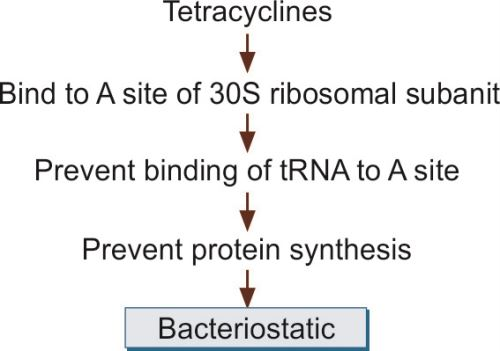This type of hypersensitivity reaction involves failure of the development of self-tolerance:
delayed hypersensitivity reaction
antibody-mediated reaction
autoimmune reaction
immediate hypersensitivity reaction
The Correct Answer is C
A. Delayed hypersensitivity reaction: This type of hypersensitivity reaction, also known as Type IV hypersensitivity, involves a delayed response by the immune system and is mediated by T cells. It does not necessarily involve a failure of self-tolerance.
B. Antibody-mediated reaction: This type of hypersensitivity reaction, also known as Type II hypersensitivity, involves antibodies targeting specific antigens on cell surfaces, leading to cell destruction. It doesn't directly indicate a failure of self-tolerance but rather an immune response against specific cells or tissues.
C. Autoimmune reaction: In autoimmune reactions, the immune system fails to recognize certain body tissues or substances as "self," leading to an immune response against the body's own cells or tissues. This results from a breakdown in self-tolerance, where the immune system mistakenly targets its own body.
D. Immediate hypersensitivity reaction: This type of hypersensitivity reaction, also known as Type I hypersensitivity, involves an immediate response by the immune system to an allergen. It includes conditions like allergies and anaphylaxis, where the immune system reacts strongly to substances that are normally harmless. This response does not necessarily indicate a failure of self-tolerance but rather an exaggerated response to specific antigens.
Nursing Test Bank
Naxlex Comprehensive Predictor Exams
Related Questions
Correct Answer is A
Explanation
A. "Tetracycline inhibits protein synthesis."
Tetracycline inhibits bacterial protein synthesis by binding to the bacterial ribosomes, which are crucial for making proteins. This disruption in protein synthesis prevents bacterial growth and replication.
B. "Tetracycline blocks RNA synthesis."
Tetracycline primarily affects protein synthesis, not RNA synthesis. It binds to the 30S subunit of the bacterial ribosome and disrupts the translation process.
C. "Tetracycline degrades the bacterial cell wall."
Tetracycline does not target the bacterial cell wall. Drugs like penicillin and cephalosporins work by disrupting cell wall synthesis, but tetracycline operates differently by inhibiting protein synthesis.
D. "Tetracycline binds to magnesium ions."
Tetracycline does not specifically bind to magnesium ions. Its primary mode of action involves binding to the bacterial ribosome, as mentioned in the first correct statement.

Correct Answer is C
Explanation
A. "Cephalosporins are assigned to generations based on their relative costs to administer."
This statement is incorrect. The classification of cephalosporins into generations is based on their antimicrobial spectrum and activity against specific bacteria, not their cost.
B. "Later generations of cephalosporins have lower resistance to destruction by beta-lactamases."
This statement is not accurate. In fact, later generations of cephalosporins have increased resistance to destruction by beta-lactamases, which are enzymes produced by bacteria that can break down certain antibiotics.
C. "Cephalosporins have increased activity against gram-negative bacteria with each new generation."
This statement is correct. Cephalosporins are grouped into generations (first to fifth) based on their antibacterial spectrum. As the generations progress, there is an increase in activity against gram-negative bacteria, among other improvements in their spectrum.
D. "First-generation cephalosporins have better penetration of the cerebrospinal fluid."
This statement is generally true. First-generation cephalosporins have better penetration into the cerebrospinal fluid, making them useful for treating certain central nervous system infections.
Whether you are a student looking to ace your exams or a practicing nurse seeking to enhance your expertise , our nursing education contents will empower you with the confidence and competence to make a difference in the lives of patients and become a respected leader in the healthcare field.
Visit Naxlex, invest in your future and unlock endless possibilities with our unparalleled nursing education contents today
Report Wrong Answer on the Current Question
Do you disagree with the answer? If yes, what is your expected answer? Explain.
Kindly be descriptive with the issue you are facing.
